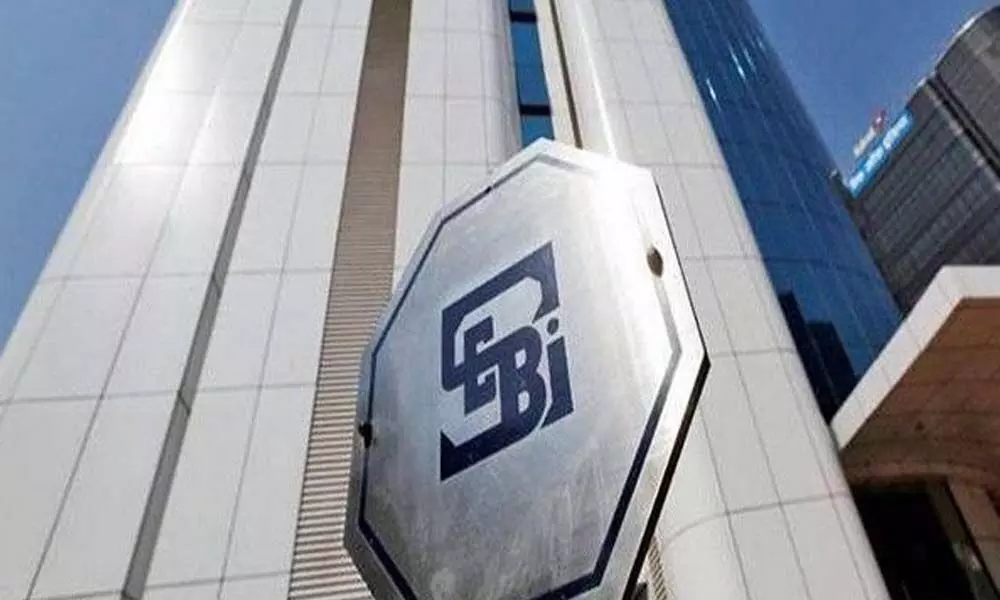Sebi mulls measures to improve liquidity in ETFs
Markets regulator Sebi is examining steps to improve liquidity in the exchange-traded funds segment on stock exchange platforms.
image for illustrative purpose

Markets regulator Sebi is examining steps to improve liquidity in the exchange-traded funds segment on stock exchange platforms.
Globally, passive funds such as index funds and exchange traded funds (ETFs) have emerged as one of the largest asset classes. "Passive funds in India have tremendous scope to grow as the AUM under passive funds in India is still low as compared to its global peers," the Securities and Exchange Board of India (Sebi) said in its annual report for 2020-21.Passive funds are low cost products, well diversified in nature and perform in line with the market indices, providing an alternative to actively managed funds to retail investors. According to the annual report, Sebi plans to examine measures for the development of passive funds covering various aspects such as increase in the liquidity for ETFs on the exchange platforms by efficient market making and better disclosures and transparency regarding such funds. The other measures include introducing new ETF products and reviewing the regulatory requirement for new players. ETFs, with very low total expense ratio as compared to actively managed mutual funds, have started attracting domestic investors' interest.
The investment through ETFs has witnessed a gradual increase during the last few years - the proportion of ETF assets under management (AUM) to total mutual fund AUM increased from 2 per cent at end of FY16 to 9 per cent at end of FY21. ETF AUM has almost doubled to Rs 2.9 lakh crore at end of FY21 from Rs 1.54 lakh crore at beginning of FY21. Also, Sebi plans to further strengthen its supervision of mutual funds. For this purpose, the regulator has already created a separate division for automation of inspection of mutual funds. Going forward, Sebi said, the division is aiming to add new alerts and cover the entire gamut of quantitative aspects of inspections.

